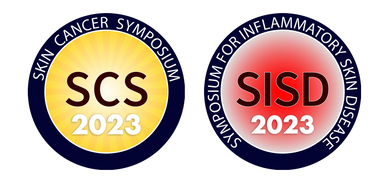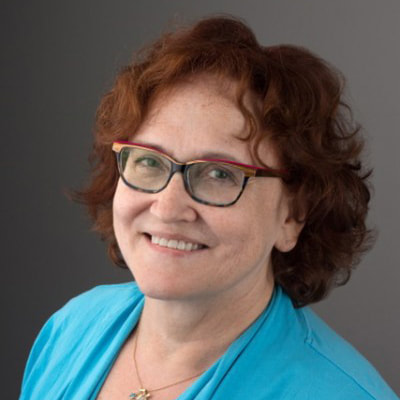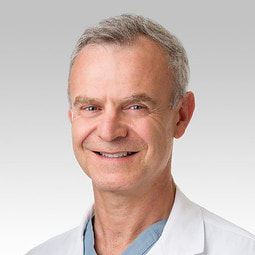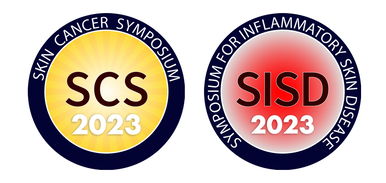DAY 1 - DAILY SUMMARY
April 7, 2021
April 7, 2021
Basal Cell Carcinoma: Updates and Surgical Treatment Considerations: Skin Cancer Symposium® 2021 Highlights
|
Suzanne Olbricht, MD
|
Dr. Olbricht reviewed recent literature surrounding risk factors of basal cell carcinoma (BCC) and certain surgical considerations. A practice changer discussed was the finding of a higher BCC incidence in patients taking anti-hypertensive medications in the Northwestern University database, particularly ARBs, ACE inhibitors, and thiazides (OR 2.8, 2.23, and 2.11 respectively). Separate studies have shown citrus products, alcohol consumption, and chronic stress are associated with a higher incidence of BCC as well.
A study of 306 patients with primary <1cm well-defined facial BCCs assessed clearance rates with 2, 3, and 4mm margins, processed via Mohs micrographic surgery technique. These margins were associated with a 74%, 94%, and 99% clearance rate respectively, and Dr. Olbricht encourages the higher 4mm margin in practice. With regard to residual tumor when initial biopsy had negative margins, a study assessing 143 BCCs with biopsy negative margins revealed residual tumor in 24% of specimens on re-excision. In 91% of these, the BCC was superficial, highlighting that special caution should be used in superficial BCCs. Finally, Dr. Olbricht noted that in consideration of margin size, a 1mm difference is associated with an extra 6mm (1/4 inch) scar length, and it is worthwhile to take the extra 1mm for a higher cure rate when considering 3 vs 4mm margins. |
CTCL Diagnosis, Staging, and Topical Therapy: Skin Cancer Symposium® 2021 Highlights
|
Joan Guitart, MD
|
Dr. Joan Guitart provided us with an insightful talk on mycosis fungoides (MF) and Sezary syndrome, which comprise 53% of all cases of CTCL. He discussed how CTCL presents a diagnostic challenge for dermatologists who often see patients with early and evolving disease. Therapeutic targets are also a challenge because of the lack of distinctive driver mutations in CTCL, such as those seen in melanoma. In a brief discussion of various MF subtypes, he notes that folliculotropic MF may come in two varieties, one with an indolent course and the other with a much more aggressive course. He reviews that hypopigmented and pagetoid reticulosis types of MF generally have a CD8+ phenotype.
In terms of staging workup, for limited patch disease (T1), Dr. Guitart recommends CBC with differential, CMP, LDH, and flow cytometry in addition to full history and exam. For patients with more extensive patch/plaque disease, tumors, or other higher risk features, he recommends imaging with PET/CT and consultation to hematology/oncology. The work horse of topical therapy for CTCL is topical steroids, though bexarotene gel and topical nitrogen mustard (mechlorethamine) are the only FDA-approved therapies. Class I or II topical steroids lead to complete or partial response in 94% of patients with patch stage lesions. He notes that the cost of topical bexarotene is commonly prohibitive and nitrogen mustard can frequently lead to skin irritation. Finally, he mentions a few alternative therapies for early stage disease including imiquimod, resiquimod (a TLR 7/8 agonist), phototherapy (nbUVB, PUVA, and UVA1), and radiation therapy. |



